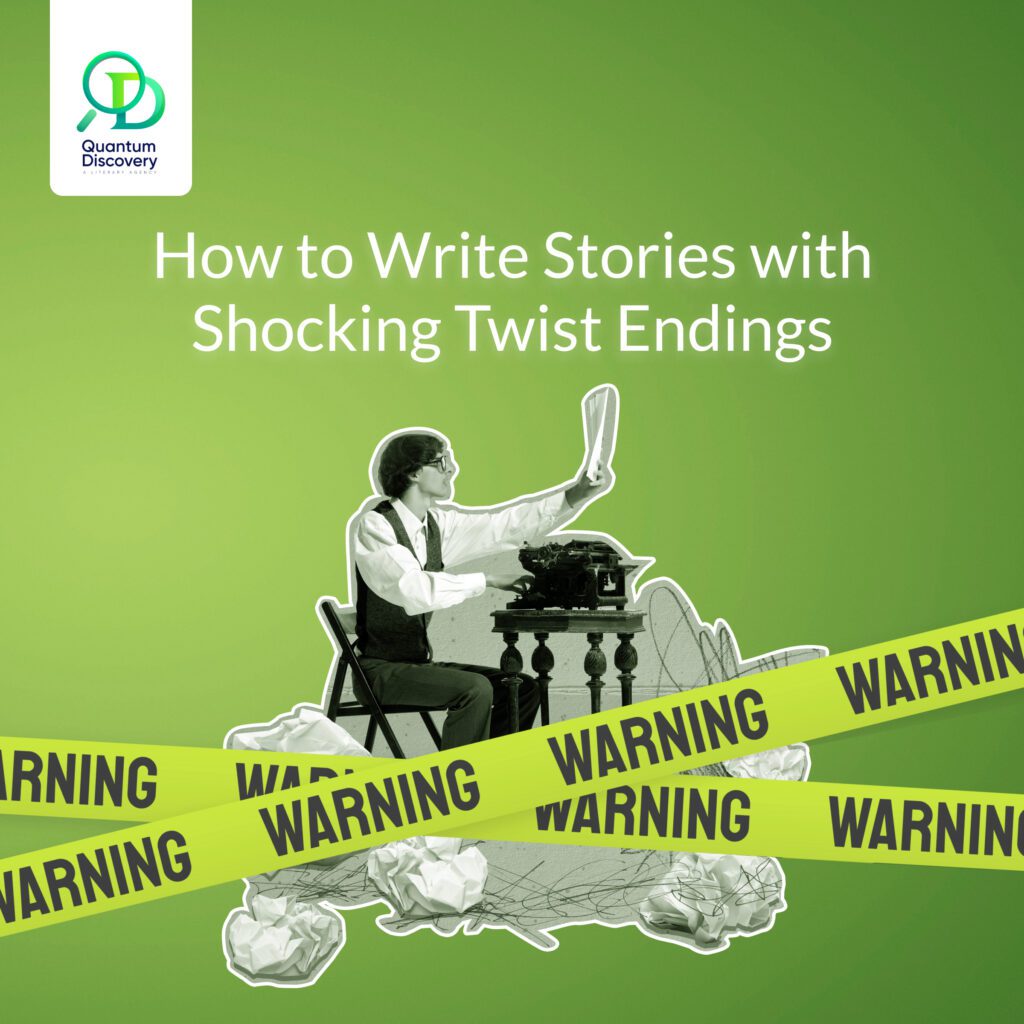Using these expert writing tips, give your story an unexpected turn! Discover various techniques for writing plot twists that will keep your readers on the edge of their seats.
Writing a compelling story is all about keeping the reader guessing. Use plot twists to add a thrilling element to your writing! Learn how to create plot twists that will surprise and captivate readers in this article.
The main character discovers that a trusted friend has sabotaged all of their efforts.
A shocking and captivating plot twist occurs when the main character discovers that a trusted friend has been sabotaging them throughout the entire story. This not only reveals a side of their friend they were unaware of, but it also alters their perspective on people and situations. It aids in establishing the protagonist’s paranoia and drives home the point that no one can be trusted.
A surprising event or discovery from the past disrupts the current plot.
This technique involves the protagonist discovering something from their past that alters their current perspective. A character may discover, for instance, that a family member was involved in an event that is causing them to suffer in the present.
This helps the audience understand why things are occurring and reveals that what we know is not always the whole story. This type of twist adds a palpable sense of unpredictability to your story while also unearthing previously buried information or issues.
Create anticipation for the unexpected conclusion.
Once you’ve determined your plot twist’s conclusion, be sure to create tension throughout the entire story. This can be accomplished by posing questions or establishing a mysterious atmosphere that leaves the reader wanting more.
In addition, introducing small hints and clues throughout the narrative will add intrigue as readers attempt to solve the problem before reaching the story’s climax. As each reveal adds new dynamics to the story, your plot twist will be an exciting surprise when it is revealed!
Keep plot twists relevant and believable to the story.
Even if you wish to surprise your readers, you need not sacrifice the story’s plausibility to do so. It is essential that your plot twist be relevant and add depth to the story, as opposed to completely altering its course.
In addition, ensure that all hints you’ve provided throughout the story now have a greater significance in relation to the twist, and avoid making any major changes that completely contradict the established context.
Create a sense of urgency or peril preceding the plot twist.
To make your plot twist more potent and effective, you should ensure that the preceding events are well-established. When readers receive gradual hints that something is about to occur, they begin to anticipate a plot twist.
Creating a sense of peril or urgency heightens tension and catches the reader off guard when you reveal the plot twist. Incorporate subtle hints in earlier sections of the narrative, such as referring back to previous events or reintroducing a pivotal character, to keep the audience guessing as they read.
Writing stories with shocking twist endings can be a challenging and rewarding experience. To get started, brainstorm a few creative ideas for the ending that will surprise readers and make them think. Once you have an idea, start writing the story with the ending in mind.
As you write, try to tease the twist by slowly revealing clues that hint at the ending without giving it away. Make sure the twist is logical and believable, so it doesn’t come off as too unbelievable or forced. Once you’ve written the story, edit and revise it to ensure it flows well and the twist is revealed in the best way possible.
Finally, have someone else read your story and get their opinion on its effectiveness. With the right planning and execution, you can write stories with shocking twist endings that will leave readers stunned.
